What your Easter Sunday lunch says about the dire state of modern Britain
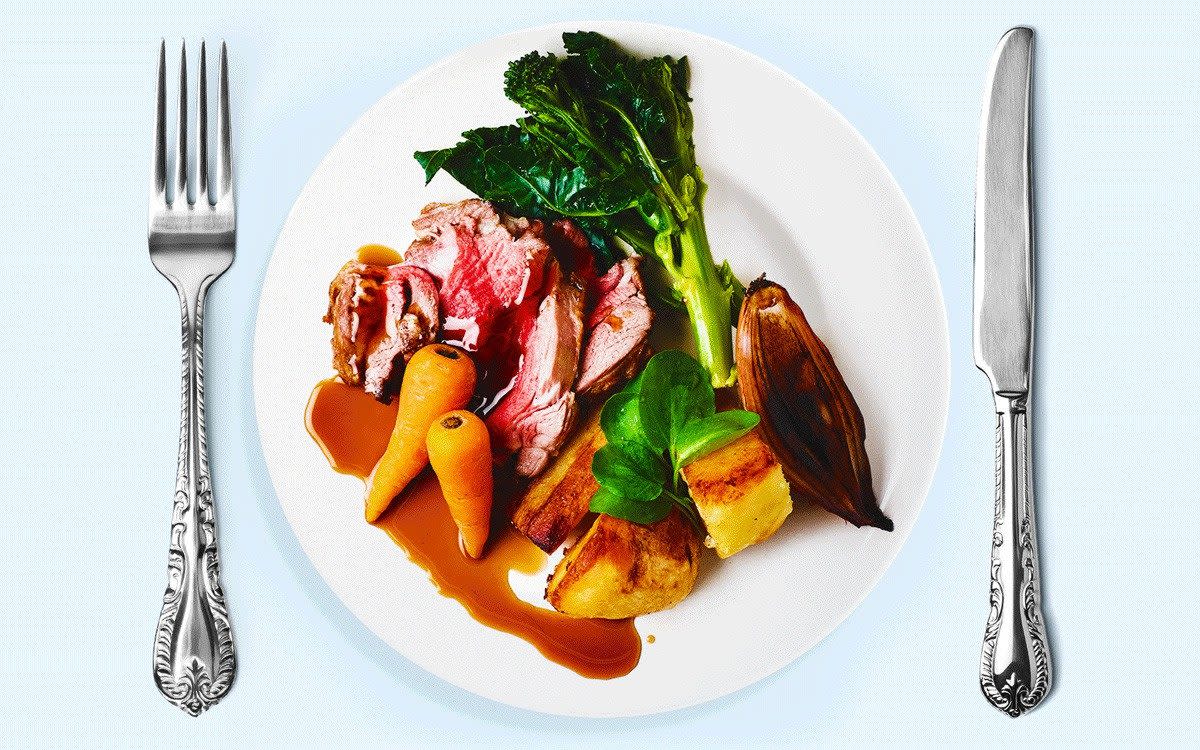

We are creatures of habit at the best of times but never more so than on high days and holidays. There is no rule decreeing you have to roast a leg of lamb with all the trimmings on Sunday, and no requirement to sink an entire Easter egg after lunch (in fact, it seems the NHS would rather you didn’t), but traditions are hard to break. And unless you had the forethought to freeze a joint months ago, you could be looking at eye-watering prices this weekend.
In fact, you could find your entire Easter table sets you back more than usual. You might even struggle to find some of the things on your list. British lamb is pricier than ever, while our vegetables have been hit hard by the weather. Farmers have battled months of rain, trying to salvage what they can from sodden fields. Stalwart potato varieties such as Maris Pipers have been in short supply, while brassicas like cauliflowers are often smaller than we’d like.
Coupled with the shrinkflation hitting our chocolate, it looks set to be a challenging Easter all round.
A leg of lamb to break the bank
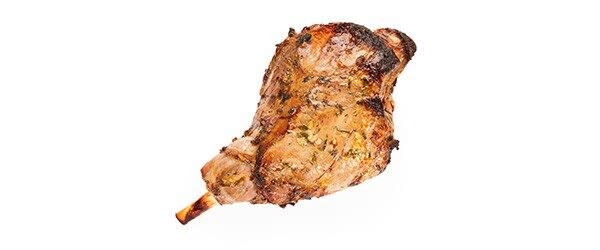
It’s tempting to branch out and pick up a chicken instead this year. Some supermarkets are slashing prices (Waitrose is offering up to a third off whole and half legs), but over a third of the lamb joint lines available in the main stores are still more expensive than last year. Independent butchers may not be able to absorb the price hike, and a hike there most certainly has been. Data from the Office for National Statistics (ONS) shows the price of a lamb shoulder has increased by more than 25 per cent since Spring 2022, when a lamb shoulder would set you back £8.79/kilo, compared to the £11.01 you’ll pay this Easter.
In the past nine weeks alone, the cost of deadweight lamb has increased by more than 20 per cent, according to data from Meat Promotion Wales, making lamb £1.74/kilo dearer than it was at the beginning of the year.
In fact, right on time for Easter (and at the point in the year when lamb is always at its most expensive, as there’s less new season’s lamb coming onto shelves) lamb has never cost more, says Phil Stocker, chief executive of the National Sheep Association. “Lamb both on the retail shelf and at the farm gate has increased significantly – at the moment the deadweight price for lamb exceeds £8/kilo which is the highest it’s been for… well, it’s never been at this level before.”
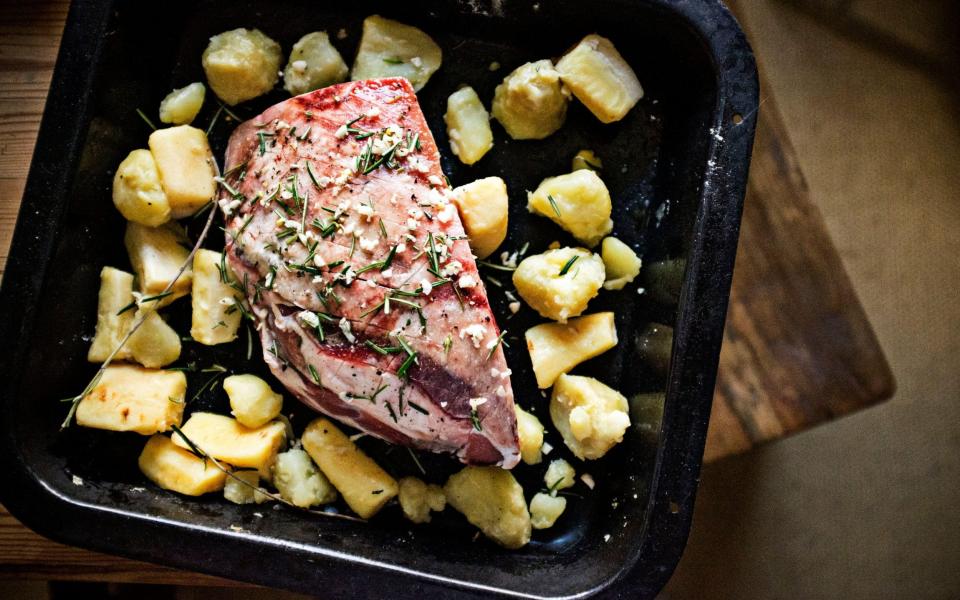
What’s behind the hike? Grain costs, partly. “They were very high last year,” says Stocker, who says “global factors” such as fuel and fertiliser cost, and the disruption in supply chains brought about by the Ukraine war “pushed prices up”.
“The result of all of that is lamb has become more expensive on the shelf. It has definitely reduced the volumes that people are buying. All the data I’m seeing suggests people are still buying lamb, but they’re buying a little bit less of it and I can understand why that’s the case.”
Supermarket promotions are helpful, he says, “as long as that promotion doesn’t put any price pressure back on the farmers – because at farmgate level you need these prices to be where they are”.
If you can get a deal this weekend, lamb could still be on the menu. And while you’re at it, you might like to pop one in the freezer.
Where did all the Maris Pipers go?
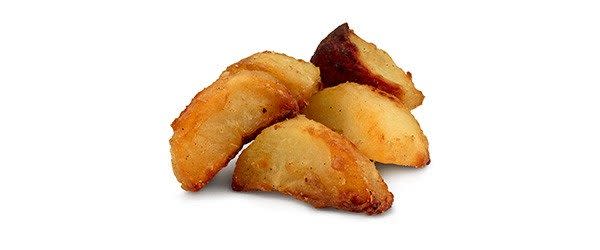
It has, it would be fair to say, been a shocking year for British potatoes. There have been Sundays in this first chunk of the year when finding a bag of Maris Pipers has been nigh on impossible. Other varieties of white potato might be available, but they don’t always match up to the satisfyingly dry crunch and fluffy texture of a Maris. “It was an unbelievably difficult growing season last year,” says Richard Arundel, founder of the AKP Group, one of our biggest potato suppliers. “From a cold, wet, late Spring which resulted in a reduction in yield over the season, and then ran into horrendous wet weather at the traditional harvest period of September/October.”
Drive past a field of potatoes in Yorkshire this month and you’ll likely see a waterlogged crop left on the field. “Quite a lot of potatoes were left in the ground, and they’re still in the ground now,” says Arundel. “In fact we’ve just been assessing any crops we have left in the ground and we’re coming to a conclusion that there’s not going to be anything salvageable out of those.”
Some years, he says, a kind winter can salvage things. This year, there has simply been too much rain. “Crops have just been sat too wet and they’re not really viable.”

The UK market requires 5.5 million tonnes a year. “We’ve maybe got a reduction in overall availability of probably 15 per cent – up to a 600-700,000 tonne shortfall,” says Arundel. The marketplace is “resilient”, but the consumer will have noticed the change. “It may have meant smaller pack sizes. It may have meant a broader range of varieties on the shelf than normal. Your household names – your Maris Pipers, your King Edwards – we might have had to substitute with other varieties that we wouldn’t have used so much.”
Those stalwart British potato varieties might be reliable in the kitchen, but they’re increasingly a nightmare to grow, says Arundel. “Their disease resistance is not as good as some newer varieties [and] wet, difficult conditions create more disease pressure.”
As for the price? ONS figures have potatoes up 40 per cent from 2022, from 60p/kilo to 85p.
Twelve-carat carrots and tiny cauliflowers
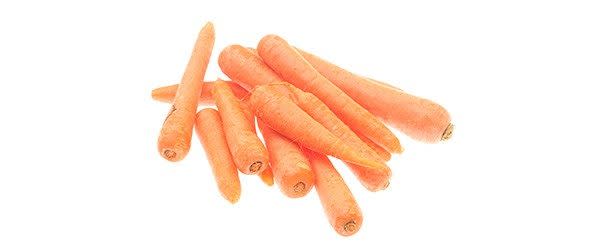
Have you noticed how much even a bag of common-or-garden carrots can set you back at the moment? The latest ONS figures have them up over 30 per cent since 2022 (77p/kg, up from 58p), while peas are up nearly 40 per cent and cauliflower has increased by more than 21 per cent. Poor weather and higher fertiliser costs have had a huge impact on British veg, creating a perfect storm which saw crops more expensive to maintain, while the wet weather affected the final product.
In January, Tesco agreed to accept smaller vegetables after so many farmers had crops affected by extreme weather. The supermarket – which is slashing the prices of some vegetables over the Easter weekend – bought smaller cauliflowers, cabbages and leeks (it’s still doing so from some suppliers) in order to keep British vegetables on the shelves rather than having to resort to imports.
One of our biggest vegetable producers, TH Clements, in Lincolnshire, has battled sodden fields, racing against the elements to get veg on the shelves. In January they’d only had a handful of dry days since October. The bad luck has continued. “The challenging winter that gave us the challenges over Christmas has ultimately continued in January, February, March,” says John Moulding, commercial director. “It’s led to challenging harvesting conditions and challenging growing conditions for Easter volume.”
Tesco are working with TH Clements, which grows broccoli, cabbage, leeks and cauliflower, to “utilise the crop as best we can”, says Moulding. But he fears there isn’t an end in sight for his rain soaked fields. “Conditions are very very difficult. The land is still really wet, a lot of fields are waterlogged, we’ve lost a lot of crop through the season.”
If you’re planning a cheese sauce with that cauli, however, there is some good news. Dairy has skyrocketed over the past two years (cheese is up by over 40 per cent since 2022, milk by over 30 per cent), but, helpfully, things have plateaued somewhat. A pint of milk is 5p/pint cheaper than it was a year ago, while a block of cheddar is 6p cheaper.
Honey, who shrunk the chocolate?

If you hoped you’d make savings with treats, think again. This year’s Easter eggs are – yes, you’ve guessed it – smaller and more expensive, thanks to the soaring cost of raw ingredients.
Cocoa prices have hit a record high; at one point in February, cocoa futures traded at £5,827 a tonne when on the same day the previous year they’d traded at £1,968. Climate change and global demand have put pressure on farmers. In Ghana and Ivory Coast, where 60 per cent of the world’s cocoa comes from, hotter, drier weather has impacted the harvest, while major diseases have ripped through the crop, stalling cocoa production.
In Britain, a large chocolate bar has increased in price by over 20 per cent since 2022, according to ONS figures. Meanwhile, consumers have noted this year’s clutch of Easter eggs seem to be the latest victims of shrinkflation. A recent Which? study showed some eggs (including ones by Lindt, Malteser and Ferrero Rocher), had risen by 50 per cent or more compared to last year. A Maltesers Truffles Luxury Easter Egg, for example, had shot up from £8 in 2023 to £13 in Waitrose this year, while a Lindt bunny in Asda had increased from £2 to £3.11. Meanwhile, some eggs were found to technically cost the same, but they’d shrunk.
You’d think hot cross buns ought to be a safe zone. Well, aside from the row that’s broken out over the Iceland buns adorned with a tick instead of a cross, and the fuss around the HCB-flavoured cheese (which apart from anything else sounds truly revolting). Aside from all that, it seems some key ingredients are at risk. The UK is Europe’s largest importer of dried grapes (i.e. raisins, sultanas, currants) – last month, analysts warned the shelf price of hot cross buns was set to rise after production yields of Turkish sultanas were affected by heavy rains.
Given the sharp rise in the price of flour, sugar and butter over the past year, it seems even a little Easter treat like a hot cross bun isn’t the cheap thrill it once was.
Recommended
Diana Henry's ultimate Easter menu, from roast lamb to double-chocolate cookies

